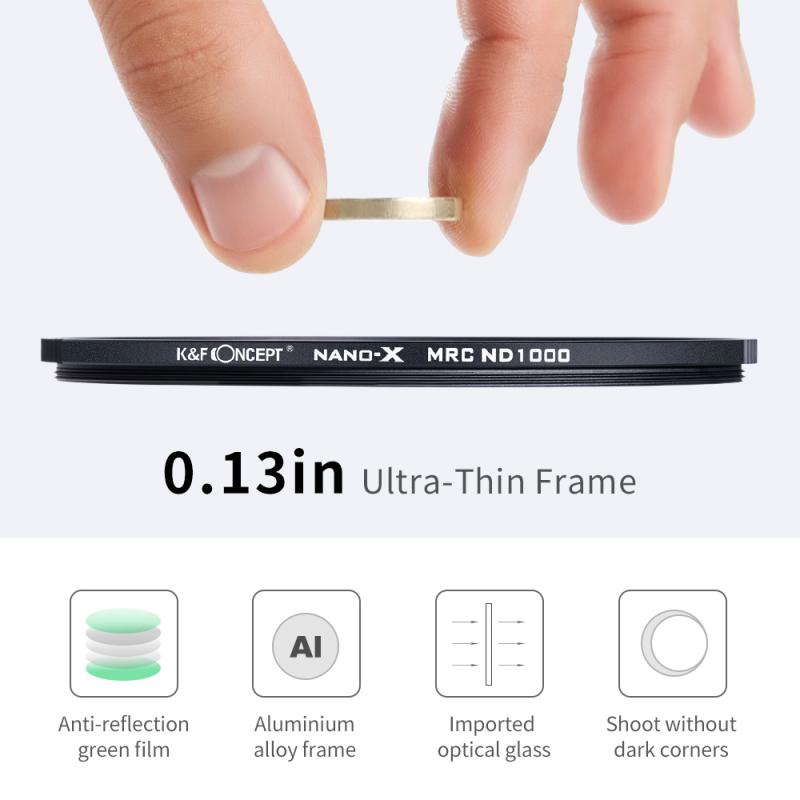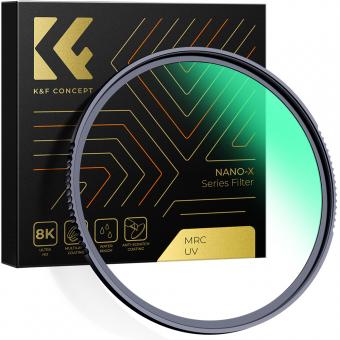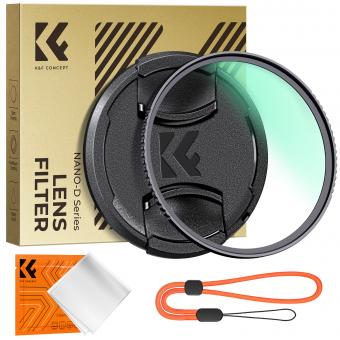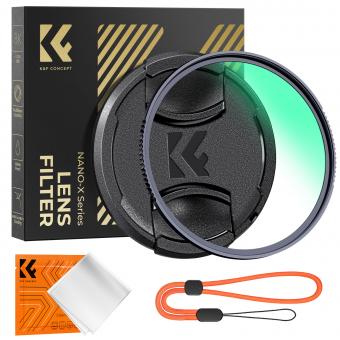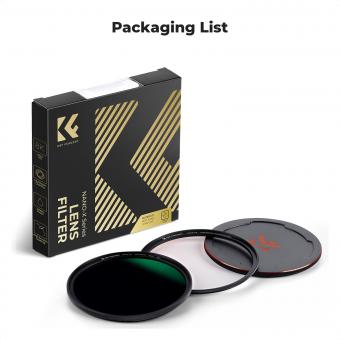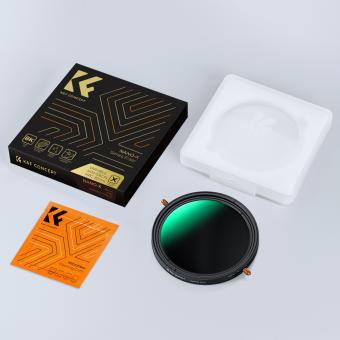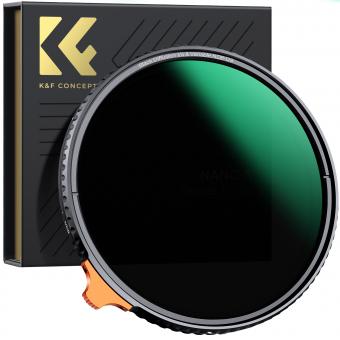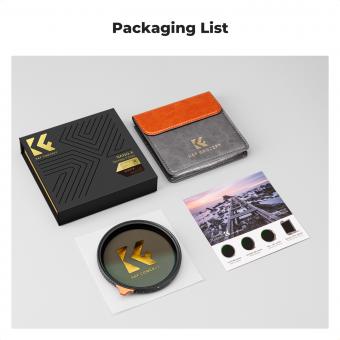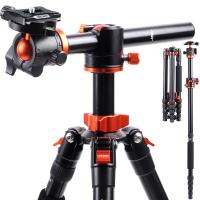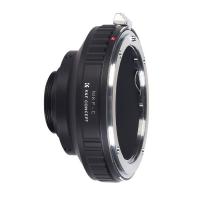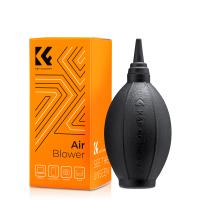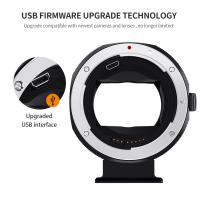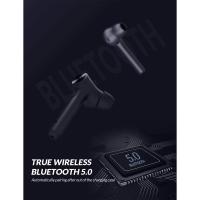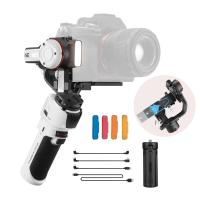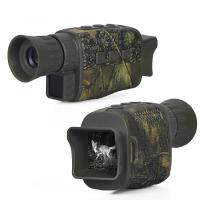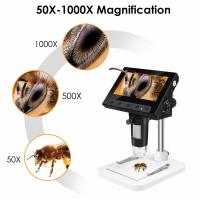What Size Uv Filter Do I Need ?
The size of the UV filter you need depends on the diameter of your camera lens. You can find the size by looking at the front of your lens, where you will usually see a symbol that looks like a circle with a line through it followed by a number (e.g., Ø58mm). This number represents the filter thread size, which indicates the diameter of the lens. So, you would need a UV filter with the same diameter as your lens.
1、 UV Filter Sizes: Understanding the Different Diameter Options
UV filters are essential accessories for photographers as they protect camera lenses from harmful ultraviolet rays. When it comes to choosing the right size UV filter, it is important to understand the different diameter options available.
The size of a UV filter is determined by the diameter of the lens it will be attached to. This diameter is measured in millimeters and can usually be found on the front of the lens or in the lens specifications. Common sizes range from 49mm to 82mm, although larger or smaller sizes may be available for specialized lenses.
To determine the correct size UV filter for your lens, you can either check the lens specifications or measure the diameter yourself using a caliper. It is important to note that different lenses may have different filter sizes, so it is necessary to check each lens individually.
In recent years, there has been a trend towards larger filter sizes due to the increasing popularity of wide-angle lenses. These lenses often have larger front elements, requiring larger filters to avoid vignetting. Additionally, larger filters can provide better image quality by reducing the risk of light entering the lens from the edges.
However, it is worth mentioning that larger filters can be more expensive and bulkier to carry around. Therefore, it is important to strike a balance between the size of the filter and the needs of your photography.
In conclusion, understanding the different diameter options for UV filters is crucial in selecting the right size for your lens. Consider the lens specifications, measure the diameter if necessary, and take into account the latest trends in filter sizes. By doing so, you can ensure optimal protection for your camera lens while capturing stunning photographs.
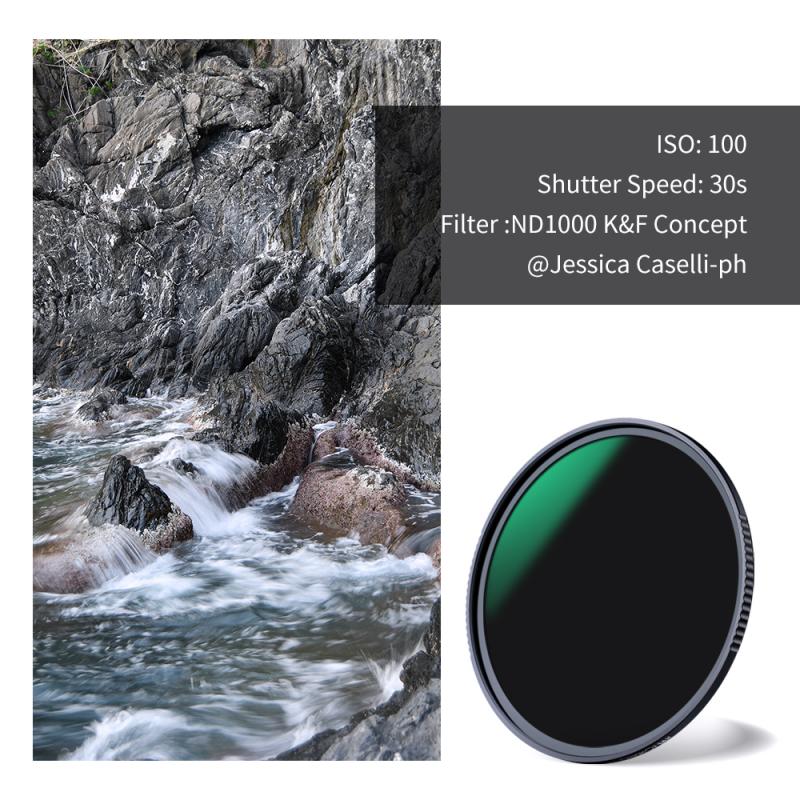
2、 Choosing the Correct UV Filter Size for Your Camera Lens
Choosing the correct UV filter size for your camera lens is an important decision that can greatly impact the quality of your photographs. UV filters are primarily used to block ultraviolet light and protect the lens from scratches, dust, and moisture. They also help reduce haze and improve overall image clarity.
To determine the correct UV filter size for your camera lens, you need to know the diameter of the lens. This information can usually be found on the front of the lens or in the lens specifications. It is important to note that the filter size is not related to the focal length of the lens, but rather the physical diameter of the lens.
When selecting a UV filter, it is recommended to choose one that matches the exact size of your lens. This ensures a proper fit and prevents any vignetting or image distortion. However, if you have multiple lenses with different filter sizes, you can opt for a larger filter size and use step-up rings to adapt it to smaller lenses.
It is worth mentioning that some photographers argue against using UV filters altogether, claiming that modern lenses already have built-in coatings that effectively block UV light. However, others still prefer to use UV filters as an added layer of protection for their expensive lenses.
In conclusion, choosing the correct UV filter size for your camera lens is crucial for optimal image quality and lens protection. Make sure to check the lens diameter and select a filter that matches it precisely. Consider the latest point of view on the necessity of UV filters and make an informed decision based on your specific needs and preferences.

3、 Common UV Filter Sizes for Popular Camera Lens Brands
Common UV Filter Sizes for Popular Camera Lens Brands
When it comes to choosing the right UV filter for your camera lens, it is important to consider the specific size that fits your lens. Different camera lens brands have different filter thread sizes, so it is crucial to know the correct size for your lens.
Here are some common UV filter sizes for popular camera lens brands:
1. Canon: Canon lenses typically have filter thread sizes ranging from 52mm to 82mm. However, it is always recommended to check the specific lens model to determine the exact size needed.
2. Nikon: Nikon lenses commonly have filter thread sizes ranging from 52mm to 77mm. Again, it is advisable to verify the filter thread size for your specific lens.
3. Sony: Sony lenses often have filter thread sizes ranging from 49mm to 82mm. As with other brands, it is essential to confirm the filter thread size for your particular lens.
4. Fujifilm: Fujifilm lenses generally have filter thread sizes ranging from 39mm to 82mm. However, it is important to note that some Fujifilm lenses may have non-standard filter thread sizes, so it is best to double-check.
5. Sigma: Sigma lenses come in various filter thread sizes, typically ranging from 46mm to 105mm. It is recommended to consult the lens specifications or the manufacturer's website for the correct filter size.
It is worth mentioning that these sizes are subject to change as new lens models are released. Therefore, it is always advisable to refer to the lens manual or the manufacturer's website for the most up-to-date information on filter thread sizes.
Additionally, it is important to consider the quality of the UV filter you choose. Investing in a high-quality filter can help maintain image clarity and protect your lens from dust, scratches, and other potential damage.
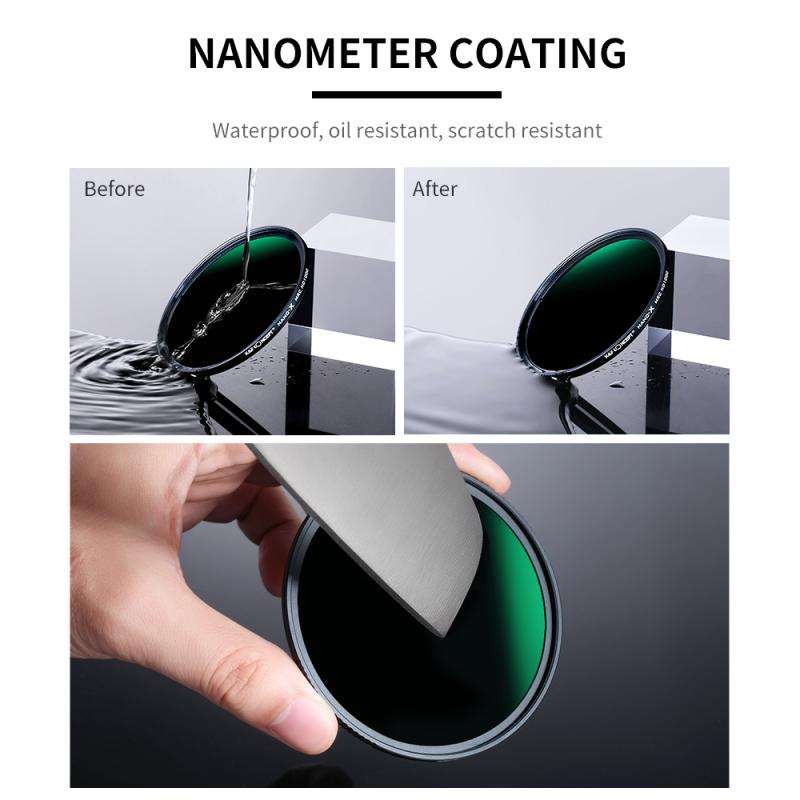
4、 Determining the Appropriate UV Filter Size for Non-standard Lenses
Determining the appropriate UV filter size for non-standard lenses can be a bit more challenging compared to standard lenses. However, there are a few steps you can follow to find the right size.
1. Check the lens diameter: The first step is to determine the diameter of your lens. This information is usually printed on the front of the lens or can be found in the lens specifications. It is important to measure the actual diameter accurately to ensure a proper fit.
2. Consider the lens hood: If your lens has a built-in lens hood or if you use an external lens hood, you need to take this into account when selecting the UV filter size. The filter should fit inside the lens hood without any obstruction.
3. Research the lens manufacturer: Some non-standard lenses may have specific UV filters designed for them by the lens manufacturer. It is worth checking if the manufacturer offers a recommended filter size for your lens model.
4. Consult with professionals: If you are unsure about the appropriate UV filter size for your non-standard lens, it is always a good idea to consult with professionals. Reach out to camera stores, lens manufacturers, or online photography communities to seek advice from experienced photographers who may have encountered similar situations.
5. Consider step-up or step-down rings: If you cannot find a UV filter with the exact size for your non-standard lens, you can use step-up or step-down rings. These rings allow you to adapt a filter with a different size to fit your lens. However, keep in mind that using step-up or step-down rings may introduce vignetting or other optical issues.
It is important to note that the latest point of view on UV filters is that they are not essential for digital cameras as modern sensors have built-in UV filters. However, some photographers still prefer to use UV filters for added protection against dust, scratches, and accidental damage to the lens.
